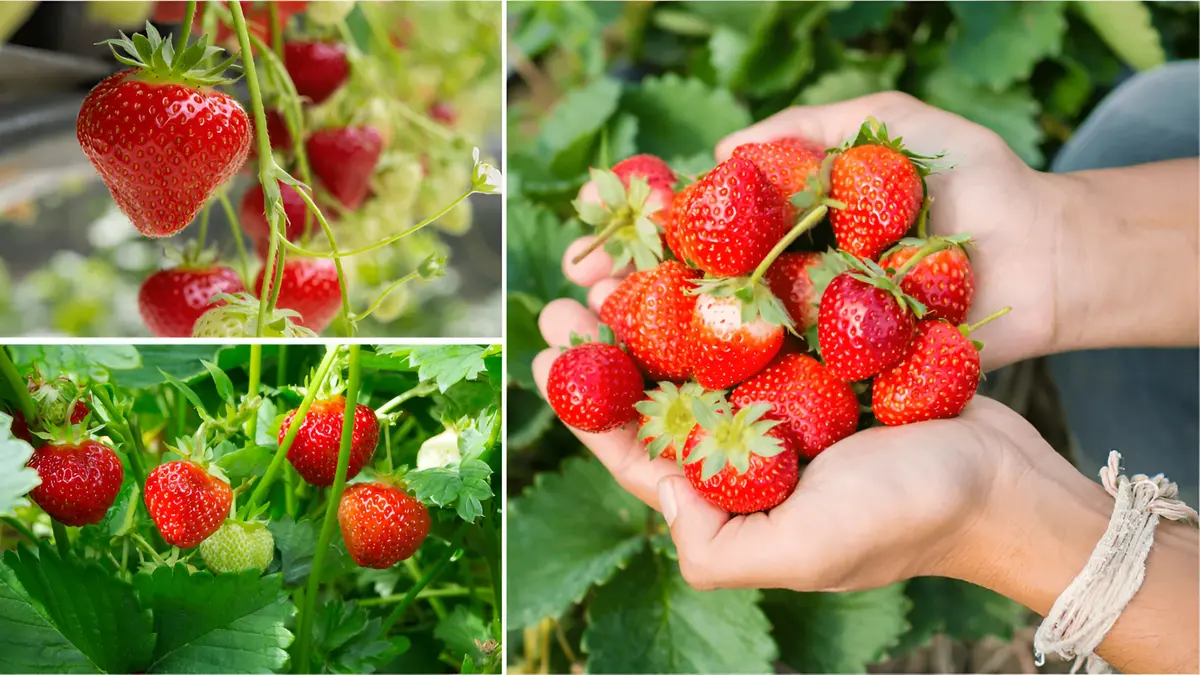There’s something truly satisfying about plucking ripe, red strawberries straight from your garden. Their sweet aroma and vibrant color make them one of the most rewarding fruits to grow at home. But to achieve a bountiful harvest, you need more than just soil and sunshine you need the right techniques. In this comprehensive guide, we’ll explore every step to help you grow juicy, flavorful strawberries with ease.
Understanding Strawberry Varieties
Before planting, it’s essential to know the different types of strawberries available. The variety you choose determines when and how often your plants will produce fruit.
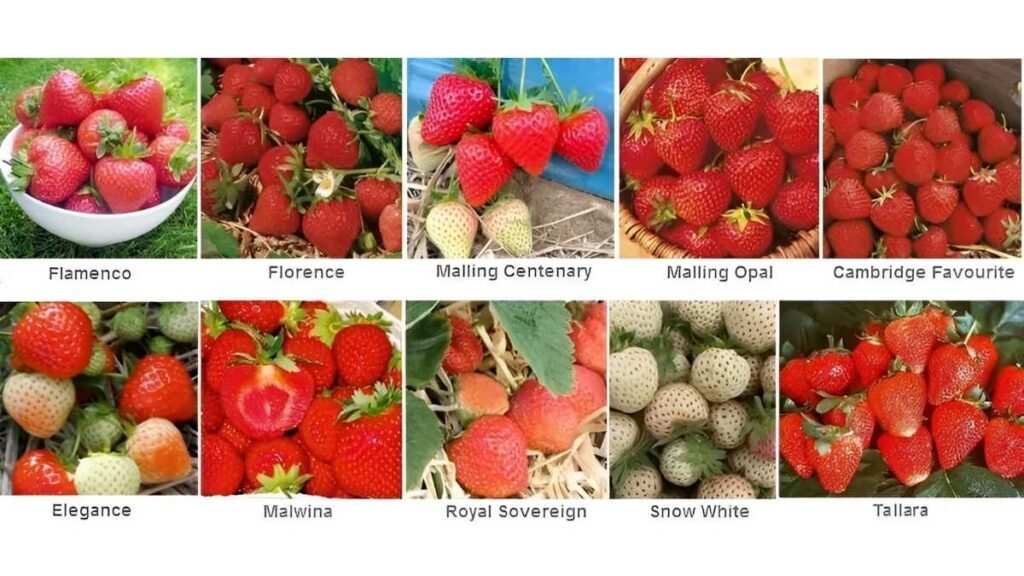
| Type | Description | Harvest Period |
|---|---|---|
| June-bearing | Produces one large crop per year | Late spring to early summer |
| Everbearing | Yields two to three crops annually | Early summer to fall |
| Day-neutral | Produces fruit continuously in ideal conditions | Throughout growing season |
June-bearing varieties are perfect if you want one big harvest for making jams or freezing berries. Everbearing and day-neutral types, on the other hand, are better suited for gardeners who prefer smaller but continuous yields over a longer season.
Choosing the Right Location
Strawberries thrive in sunny locations with well-draining soil. Ideally, they should receive at least six to eight hours of direct sunlight daily. Avoid areas where water tends to pool after rainfall, as soggy roots lead to rot and fungal problems.
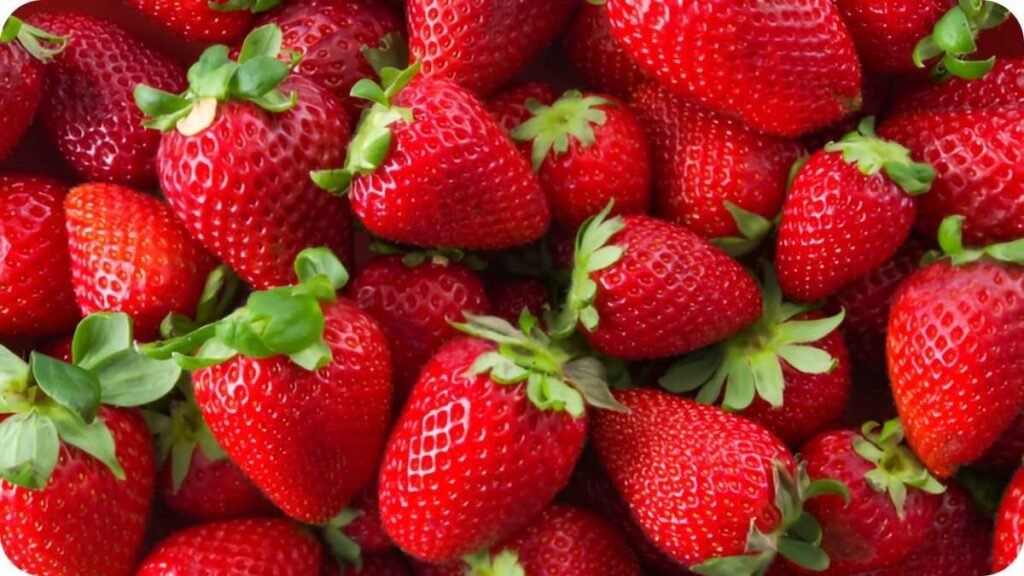
If you’re planting in raised beds or containers, make sure there’s good air circulation around the plants. Strawberries also benefit from being planted where tomatoes, peppers, or potatoes haven’t grown recently, to prevent soil-borne diseases.
Preparing the Soil
Healthy soil is the foundation for productive strawberry plants. They prefer slightly acidic soil with a pH between 5.5 and 6.8. You can test your soil using a simple home kit and amend it accordingly.
| Soil Component | Ideal Range | Purpose |
|---|---|---|
| Organic matter | 3%–5% | Improves fertility and structure |
| Sand | 30%–40% | Enhances drainage |
| Compost | 20%–30% | Adds nutrients and retains moisture |
Work compost or well-rotted manure into the soil about two weeks before planting. This allows nutrients to settle and prevents root burn from fresh organic material.
Planting Strawberries the Right Way
Timing is everything when planting strawberries. The best time to plant is in early spring, once the soil is workable but before the weather becomes too hot.
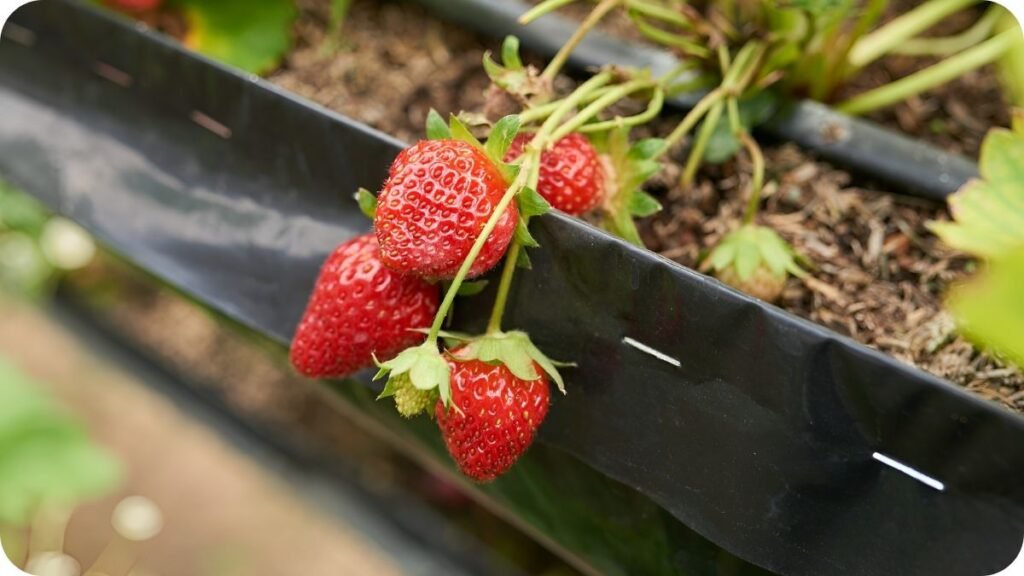
When setting your plants, make sure the crown (the central growing point) sits just above the soil line. If planted too deep, the crown may rot; too shallow, and the roots may dry out. Space plants 12–18 inches apart, leaving about 2 feet between rows. This ensures each plant has enough room to spread runners and develop healthy fruit.
Watering and Mulching
Strawberries require consistent moisture, especially when setting fruit. However, overwatering can lead to root rot and disease. A good rule of thumb is to water when the top inch of soil feels dry.
Using mulch is a simple yet powerful trick for keeping soil moisture steady and reducing weed competition. Materials like straw, pine needles, or shredded leaves work best. Mulch also helps keep berries clean and prevents them from touching damp soil, reducing the risk of rot.
Feeding and Fertilizing
Strawberries are moderate feeders. Over-fertilizing may cause lush foliage growth at the expense of fruit. Use a balanced fertilizer something like 10-10-10 once a month during the growing season.
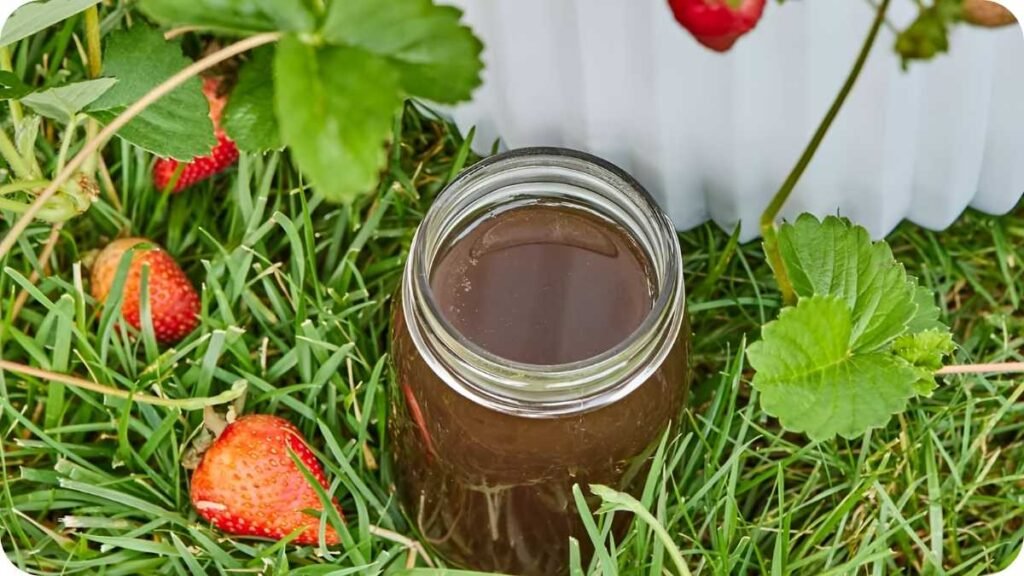
| Fertilizer Type | Application Time | Effect |
|---|---|---|
| Organic compost | At planting | Improves soil fertility |
| Liquid seaweed or fish emulsion | Every 3–4 weeks | Boosts fruit quality |
| Granular balanced fertilizer | Mid-season | Sustains overall plant vigor |
Always water well after fertilizing to prevent root burn. If plants start to produce smaller berries over time, it’s often a sign they need a nutrient refresh or the soil needs replenishing with organic matter.
Managing Runners
Strawberry plants naturally produce runners long stems that sprout new baby plants. While this helps the plant multiply, too many runners can weaken the main plant’s productivity.
For the first year, remove most runners so the plant can focus on establishing strong roots and producing quality fruit. In the second year, allow a few runners to root if you want to expand your patch or replace older plants.
Pest and Disease Control
Strawberries attract a range of pests like slugs, aphids, and birds. The key is to stay vigilant and act early before infestations spread.
Here are some common issues and their simple remedies:
| Problem | Symptom | Natural Solution |
|---|---|---|
| Slugs | Chewed holes in fruit | Use beer traps or diatomaceous earth |
| Aphids | Curling leaves and sticky residue | Spray neem oil or soapy water |
| Birds | Missing or pecked berries | Cover plants with netting |
Rot and mold can also develop in damp conditions. Good spacing, proper watering, and mulch management go a long way toward preventing fungal infections.
Harvesting and Storage
Strawberries are ready to harvest when they’re fully red, firm, and fragrant. Check your plants daily during peak season, as ripe berries can spoil quickly in warm weather.
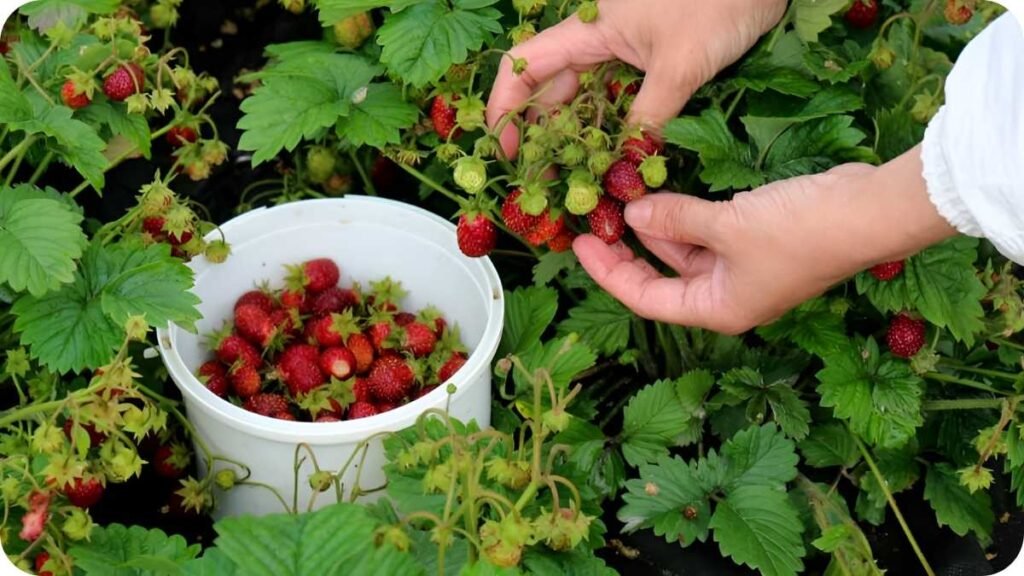
Harvest in the morning when temperatures are cooler, and pick with the green cap (calyx) still attached. This helps the fruit stay fresher for longer.
Once picked, store strawberries in a shallow container lined with paper towels to absorb excess moisture. Keep them refrigerated, but let them come to room temperature before eating for the best flavor.
Renewing Your Strawberry Bed
After two or three years, strawberry plants start to lose vigor. Yields decrease, and fruits become smaller. That’s when it’s time to renew your patch.
Dig up older plants and replace them with new runners or fresh nursery stock. Rotate planting areas to reduce soil fatigue and disease buildup. Adding compost and resting the soil for a season can help rejuvenate the growing bed for future success.
Enjoying the Fruits of Your Labor
There’s nothing quite like the first bite of a homegrown strawberry. Whether you enjoy them fresh, dipped in cream, or preserved as jam, growing strawberries is both easy and incredibly rewarding. With proper soil preparation, thoughtful watering, and a bit of care through the seasons, you’ll be rewarded with baskets of sweet, sun-kissed berries year after year.
So roll up your sleeves, get your hands in the soil, and start your own strawberry-growing journey. Sweet success is only a season away.
